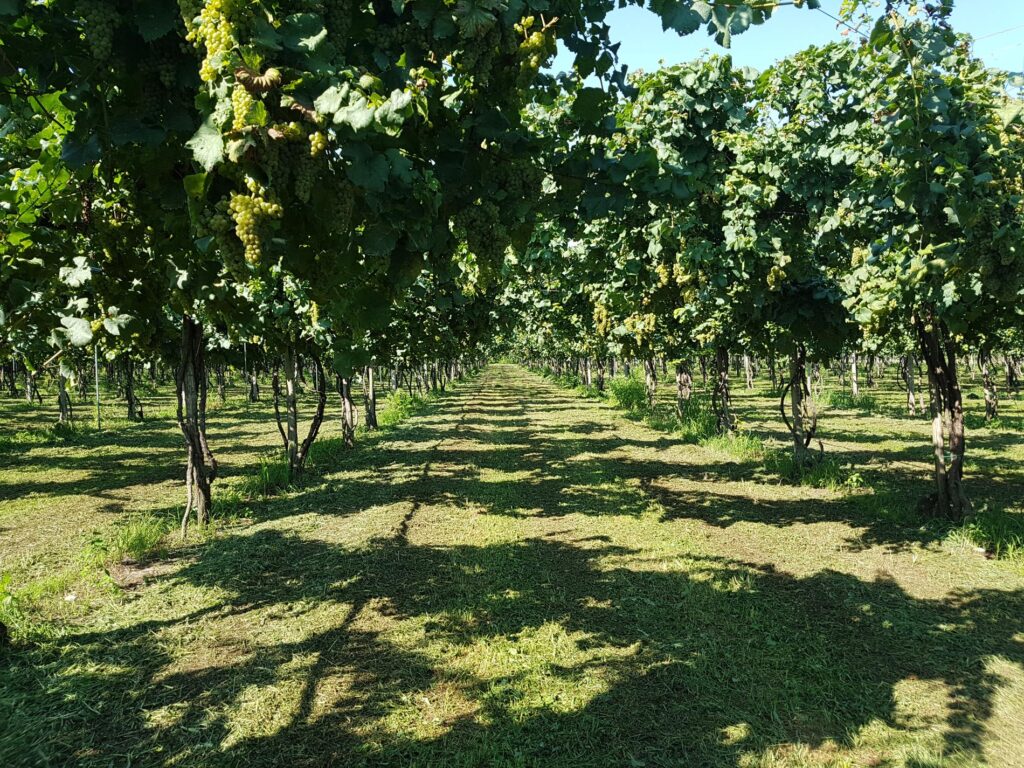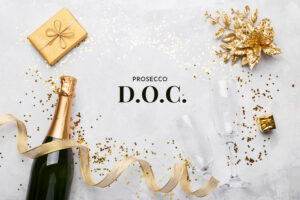The wine world is constantly evolving, driven by cultural shifts, new consumption habits, and increasing attention to personal wellness. Within this context, Low Alcohol Prosecco is gaining popularity as a lighter alternative that meets the needs of a growing, health-conscious audience both in Italy and abroad.
In recent years, there has been a significant rise in interest for lighter beverages—lower in calories, alcohol content, and metabolic impact. Low Alcohol Prosecco fits this scenario perfectly, offering a product that maintains freshness, aroma, and quality, while significantly reducing the alcohol level, generally ranging between 4% and 9% ABV.
What Is Low Alcohol Prosecco?
Low Alcohol Prosecco is a variant made from Glera grapes, the same variety used for traditional DOC and DOCG Prosecco. The main difference lies in the production method, which involves shorter or controlled fermentation, naturally limiting the alcohol content. The result is a sparkling wine with a light character, ideal for those who enjoy a glass of wine without the heaviness.
From an organoleptic perspective, Low Alcohol Prosecco retains many of the typical characteristics: bright straw yellow color, fine and persistent perlage, fruity aromas of apple and pear, floral notes of acacia, and a fresh, lively mouthfeel. It is perfect for aperitifs, brunches, picnics, and informal occasions, and also works well as a base for light cocktails.
Why Is It So Popular?
There are multiple reasons for the success of this product. First and foremost, it meets the needs of an increasingly large segment of consumers focused on health and wellness, who want to enjoy wine without excessive alcohol or calories. Secondly, it fits well into a modern, balanced lifestyle where pleasure and moderation go hand in hand.
Low Alcohol Prosecco is also appreciated by drivers, those on calorie-restricted diets, athletes, and anyone who simply prefers beverages with a gentler profile. Moreover, it is highly versatile, suiting a wide variety of tastes and consumption settings, both private and public.
A Growing Market
Recent data shows that the low-alcohol wine segment is expanding steadily, both in Italy and in key international markets such as the UK, USA, and Germany. Several large producers have already launched dedicated product lines, while many wineries in the Prosecco DOC territory are experimenting with new techniques to produce high-quality low-alcohol versions.
This presents a great opportunity for exports: with tighter health regulations in certain countries and evolving consumer preferences, the demand for lighter and healthier products is increasing. In this sense, Low Alcohol Prosecco can be a valid alternative to traditional sparkling wine, helping to expand the consumer base.
Looking Ahead
Low Alcohol Prosecco is not just a passing trend—it is a tangible sign of how tastes and market demands are evolving. In the coming years, we are likely to see this product category become a stable presence in the Italian wine offering.
Wineries that can respond to this trend with high-quality products, attractive packaging, and well-targeted communication will stand out in an increasingly competitive market—where innovation and consumer focus are key drivers of success.








